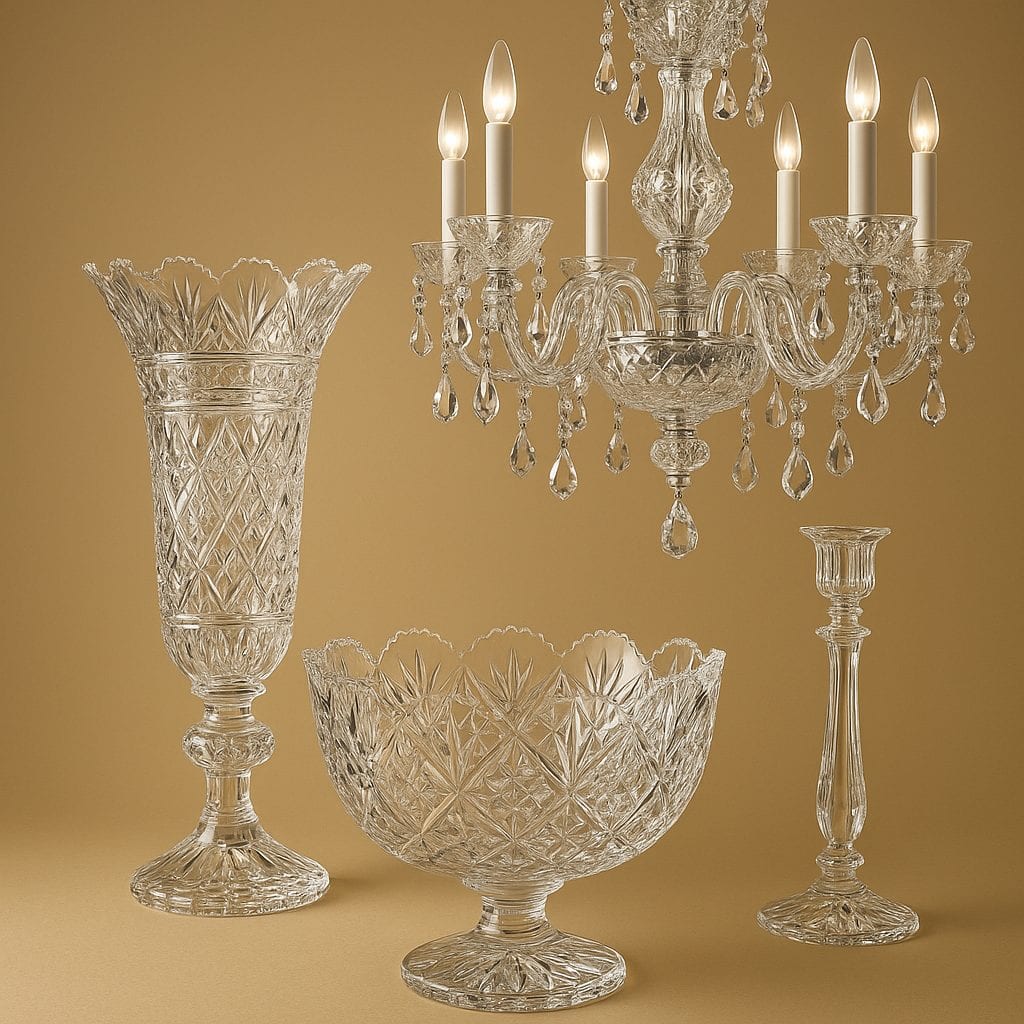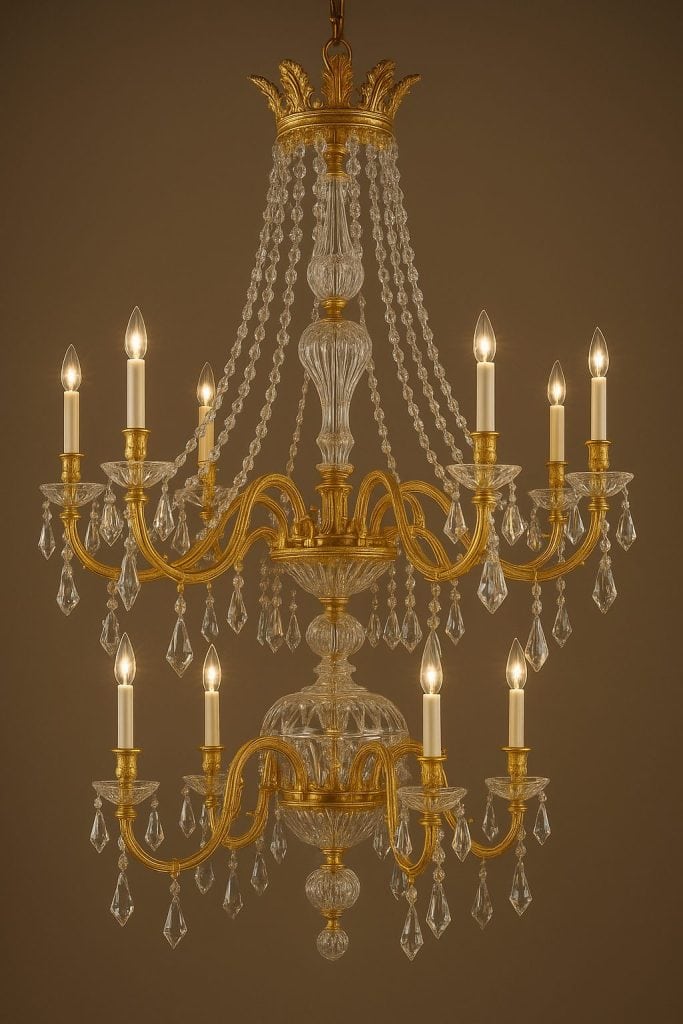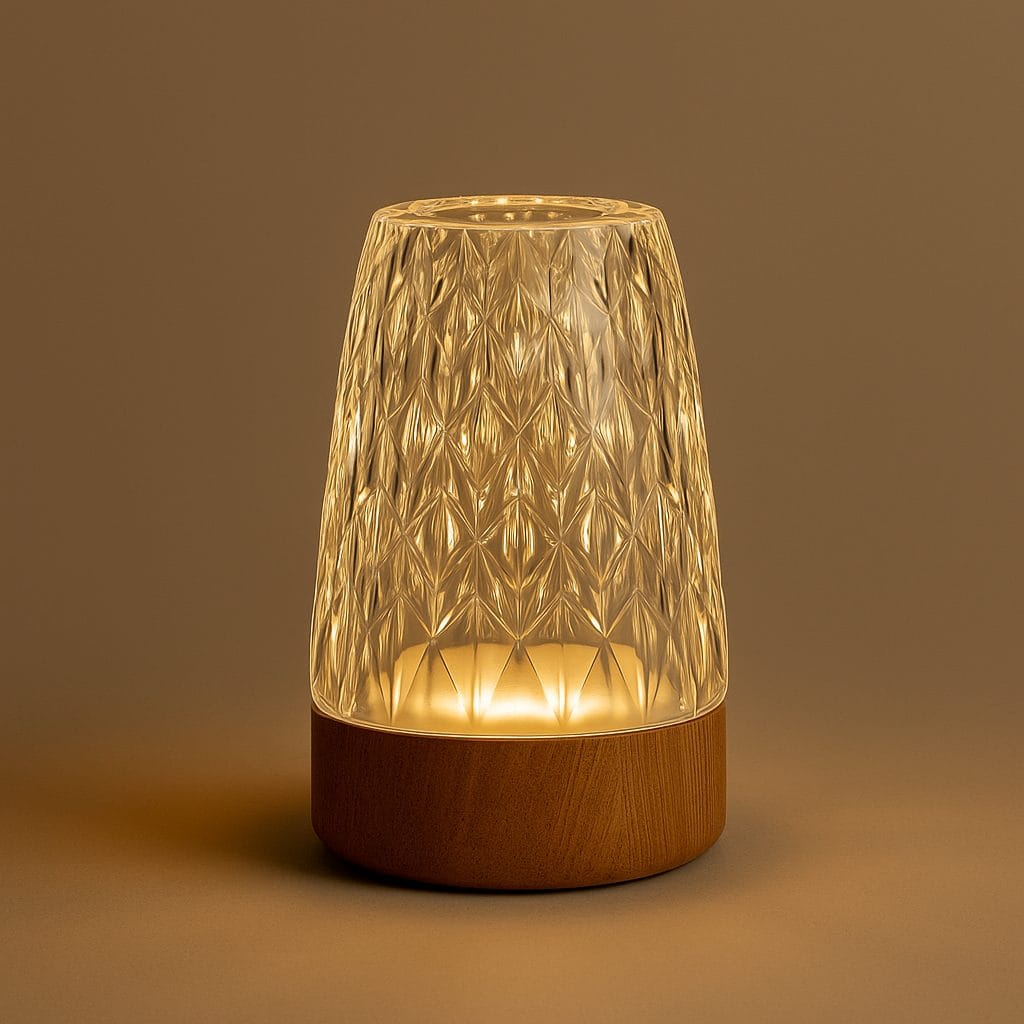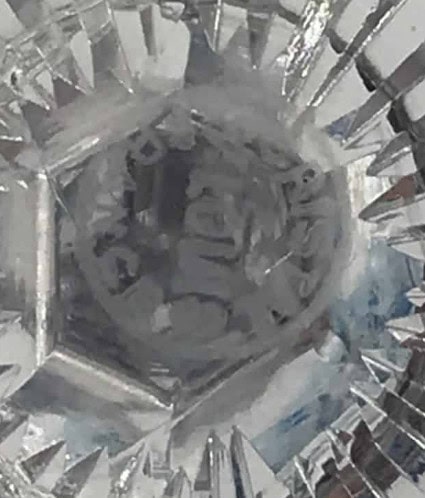READ MORE ABOUT ANTIQUES
Saint-Louis Crystal: The Jewel of French Glassmaking Heritage

Introduction
When it comes to luxury crystal glassware, few names command the same reverence as Saint-Louis. Established long before most European crystal houses even existed, this French maison traces its lineage to 1586, weaving over four centuries of artistry, innovation, and royal patronage.
From dazzling chandeliers that illuminate palaces to delicate goblets gracing royal tables, Saint-Louis crystal embodies the soul of French craftsmanship — a perfect balance between tradition and modern design. In this guide, we’ll explore the history, artistry, identifying features, and collectability of Saint-Louis crystal, revealing why it remains one of the most coveted names in fine glassmaking.
Origins & Historical Evolution
The Saint-Louis story begins in 1586, deep in the forested valley of Münzthal, later renamed Saint-Louis-lès-Bitche, in the Vosges region of northeastern France. The area was rich in the essential elements for glassmaking — pristine sand, wood for furnaces, and pure forest water — making it an ideal location for a glassworks.
By 1767, the reputation of the workshop had grown so great that King Louis XV granted it the title “Verrerie Royale de Saint-Louis” (Royal Glassworks of Saint-Louis), marking its status as a royal manufacturer.
A defining moment came in 1781, when Saint-Louis became the first glassworks in Continental Europe to produce lead crystal, a technical achievement that elevated its clarity, brilliance, and weight to rival English crystal. From that point, Saint-Louis transitioned from a regional craft to a beacon of European luxury.
Throughout the 19th and early 20th centuries, the brand flourished — exhibiting at international expositions and pioneering new artistic movements. Saint-Louis embraced Art Nouveau, with fluid organic forms and colored glass, and later Art Deco, characterized by precision cuts and geometric elegance.
In 1995, Saint-Louis joined the Hermès Group, aligning itself with one of the most prestigious names in French luxury. Today, every piece is still hand-crafted in France, blending centuries of tradition with modern artistry and design collaborations.
Masterpieces of Crystal Artistry
Saint-Louis’s creations span every corner of elegant living — each collection showcasing its mastery of color, cut, and form.
Tableware and Stemware
The maison’s stemware collections, including Tommy, Thistle, Apollo, and Bubbles, are among the most recognizable in the world. Each glass is mouth-blown and hand-cut, featuring intricate patterns that catch light like diamonds. Full dining services, decanters, and carafes transform any table into a stage for light and reflection.
Decorative Objects
Saint-Louis artisans craft vases, bowls, and centerpieces that blend classic elegance with bold creativity. Many are adorned with 24-carat gold accents, deep jewel-toned overlays, or the brand’s signature colored crystal cuts.
Every object is a statement piece — a dialogue between clarity and color.
Lighting & Chandeliers
The brand’s grand chandeliers have illuminated royal palaces, hotels, and private residences around the world. Each chandelier is assembled by hand, with hundreds of precisely cut prisms designed to scatter light in dazzling symmetry. Custom commissions remain a hallmark of the brand’s prestige.
Limited Editions & Designer Collaborations
Saint-Louis continues to innovate through partnerships with modern designers such as Noé Duchaufour-Lawrance. His celebrated Folia collection combines traditional craftsmanship with contemporary geometric motifs — showing that Saint-Louis is not merely preserving the past, but redefining crystal for the future.
How to Identify Authentic Saint-Louis Crystal
Because of its reputation, Saint-Louis pieces are sometimes imitated — making knowledge of genuine hallmarks crucial for collectors.
1. Signature and Markings
Modern Saint-Louis pieces are acid-etched or engraved with the brand name “Cristallerie Saint-Louis” or simply “Saint-Louis France.” Earlier items may feature paper labels or stamped marks. Always check the base for authenticity.
Below is an image of a St Louis Crystal Mark. The hard-to-read mark is an example of an acid-etched mark from the wine glass above. It gives an idea of how some marks are hard to read and require a closer look.
Below is an image showing the variety of St Louis marks that can be found.
2. Craftsmanship
Authentic pieces are heavier and perfectly balanced, with hand-cut patterns that exhibit extraordinary clarity and precision. The polish should be flawless, edges sharp yet refined — evidence of meticulous finishing by skilled artisans.
3. Pattern Recognition
Learn to recognize the brand’s signature cuts — diamond, star, pearl, or olive motifs — and color overlays, often in shades of cobalt, ruby, amber, or emerald. These distinct styles are nearly impossible to reproduce accurately by mass production.
Here is a link to a website that I use to find all my crystal patterns, no matter the maker. Replacements.
4. Provenance and Condition
Original boxes, certificates, or receipts from luxury retailers (such as Hermès or Artedona) can help authenticate a piece. Avoid items with cloudy glass, chips, or uneven cutting — these diminish both value and authenticity.
Collectibility and Market Value
Heritage and Prestige
As one of Europe’s oldest crystal houses, Saint-Louis’s reputation alone makes its pieces desirable. Collectors appreciate its continuous operation since the 16th century, a rarity even among historic glassmakers.
Craftsmanship as Art
Every object is created by master glassblowers and cutters who undergo years of apprenticeship. A single vase can pass through over ten pairs of hands before completion — ensuring no two pieces are exactly alike.
Design Appeal
Unlike purely traditional brands, Saint-Louis balances history with innovation. Collectors are drawn to both the classic pre-war designs and the modern collaborations, which have become sought-after in contemporary art markets.
Investment Potential
Discontinued patterns, limited editions, and early signed pieces can command high prices at auction. Collectors should track provenance, condition, and rarity to assess long-term value.
Caring for Saint-Louis Crystal
Saint-Louis crystal is as durable as it is beautiful, but proper care preserves its brilliance for generations:
- Wash by hand using lukewarm water and a mild, non-abrasive soap.
- Avoid dishwashers — heat and detergents can dull the surface.
- Dry immediately with a lint-free cloth to prevent water spots.
- Store with care — never stack glasses directly; use felt or soft separators.
- Keep away from sunlight or heat, which can cause fading or cracks.
- For damaged pieces, always consult a professional restorer experienced in crystal.
Saint-Louis in Culture and Design
Saint-Louis is not only a manufacturer but a symbol of French cultural heritage. Its crystal graces the tables of monarchs and dignitaries, while its chandeliers light the halls of Versailles and the Élysée Palace.
The brand’s home in Saint-Louis-lès-Bitche hosts La Grande Place – Musée du Cristal Saint-Louis, a museum dedicated to the history and artistry of the crystalworks. Visitors can watch artisans blowing, cutting, and engraving crystal — a living continuation of centuries-old tradition.
Modern collections like Manhattan and Folia illustrate the maison’s evolution from royal supplier to global design icon, bridging classic opulence and minimalist modernism.
Trends & Tips for Collectors
- Seek discontinued collections — older patterns like Tommy or Trianon can appreciate in value.
- Verify signatures and patterns using brand catalogues or collector databases.
- Watch for Hermès collaborations, which often attract design enthusiasts as well as crystal collectors.
- Condition is king — chips, cracks, or re-polishing significantly reduce market value.
- Large chandeliers and colored vases tend to hold long-term appeal due to rarity and craftsmanship.
Conclusion
Owning Saint-Louis crystal is more than possessing a luxury object — it’s holding a fragment of French history and artistic excellence. From royal commissions to avant-garde designs, the maison continues to demonstrate that true craftsmanship never goes out of style.
For collectors, decorators, and lovers of fine art alike, Saint-Louis crystal represents the pinnacle of beauty, precision, and enduring value — a legacy that continues to sparkle through every hand-cut facet.
Further Reading.
The Top 20 Most Expensive Crystal Makers and What To Look For.
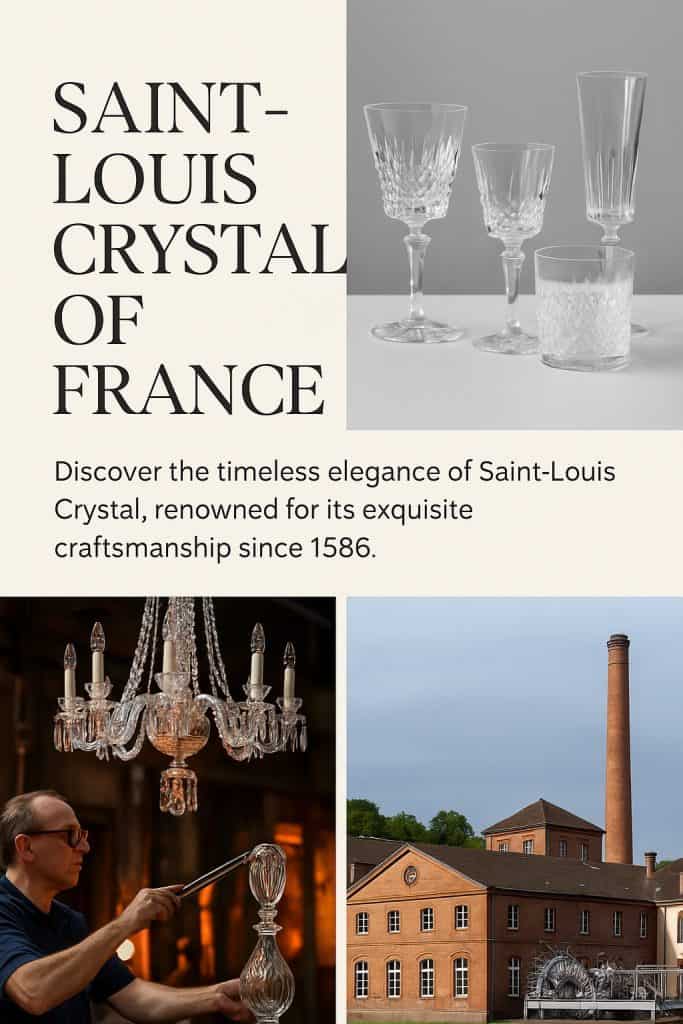
Table of Contents

